Art has long served as a powerful medium for self-expression, offering individuals a unique way to convey their innermost thoughts, emotions, and identities. From the earliest cave paintings to contemporary masterpieces, art has been a constant companion of human culture, reflecting both personal and collective narratives. In today’s digital age, the concept of art as self-expression has evolved, embracing new forms and technologies while retaining its core purpose of fostering authenticity and personal growth. This article delves into the historical roots of art as self-expression, explores practical ways to use art for personal communication, and examines its contemporary manifestations across various art forms. By uncovering the transformative power of art, we aim to inspire readers to embrace their own creative journeys and discover the beauty of self-expression.
Key Takeaways
– Art is a universal medium for self-expression, tracing its roots back to ancient times.
– Art serves as a mirror, reflecting human emotions, culture, and societal evolution throughout history.
– From cave paintings to contemporary creations, art has consistently been a tool for personal and collective expression.
– The evolution of art reflects human innovation and the pursuit of personal and cultural identity.
– Art transcends boundaries, connecting people across generations and geographies.
– Whether through visual, performing, or literary arts, art continues to inspire and empower individuals.
– The oldest forms of self-expression, such as storytelling and cave art, laid the foundation for modern artistic practices.
– Contemporary art forms, including digital media and virtual reality, expand the possibilities of self-expression.
– Art has always been a dynamic force, shaping human culture and fostering empathy and understanding.
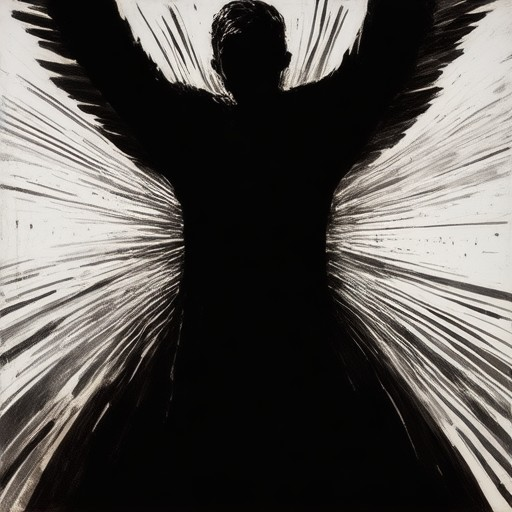
What is Art as Self-Expression?
Art serves as a powerful medium for self-expression, allowing individuals to communicate their thoughts, emotions, and experiences creatively. It transcends traditional boundaries, offering a unique way to explore identity, culture, and personal growth. Here’s a breakdown of its significance:
1. Personal Creativity
- Art provides a canvas for individuality, enabling people to express their unique perspectives
- It allows for experimentation, helping individuals discover their creative potential
- Through art, people can explore aspects of themselves they might otherwise overlook
2. Emotional Release
- Art acts as a therapeutic outlet, helping individuals process complex emotions
- Creating art can be cathartic, offering a safe space for self-reflection and healing
- It fosters emotional expression, which can be particularly valuable during challenging times
3. Cultural Reflection
- Art often mirrors societal values and challenges, serving as a cultural mirror
- It bridges generations, preserving historical narratives while evolving with contemporary themes
- Through art, cultures can exchange ideas, fostering mutual understanding
4. Social Commentary
- Artists frequently use their work to critique societal issues, sparking conversations
- It can challenge norms, encouraging viewers to reconsider their perspectives
- Public art, such as murals and installations, engages communities directly
5. Personal Growth
- Engaging in art can boost confidence and self-esteem
- It encourages persistence, as creating something meaningful often requires iteration
- Artistic pursuit can lead to a deeper understanding of one’s strengths and weaknesses
6. Connection with Others
- Art brings people together, fostering shared experiences and empathy
- It democratizes creativity, making it accessible to everyone regardless of background
- Viewers often find resonance with art that resonates with their own experiences
Examples of Art as Self-Expression
- Painting: A person paints to capture their emotions or depict their surroundings
- Music: Composers create melodies that reflect their inner world
- Dance: Movement tells a story of emotion and energy
- Street Art: Artists use public spaces to share their vision
Whether through traditional mediums or digital platforms like Instagram and YouTube, art remains a vital tool for self-expression. It invites exploration, challenges assumptions, and connects us to our inner worlds.
For more insights into creativity and self-expression, visit Patrick Mettraux . Explore articles on fostering creativity, finding inspiration, and unlocking your artistic potential.
Discover how other artists and creators approach self-expression by visiting CreativeBoom and Behance .
How Do You Use Art to Express Yourself?
Art is a powerful medium for self-expression, allowing individuals to communicate emotions, thoughts, and experiences in ways that words alone often cannot capture. Here’s how you can use art to express yourself:
1. Choose Your Medium
- Visual Arts : Painting, drawing, or sculpture are classic forms of self-expression. Consider experimenting with different mediums to find what resonates most with you.
- Performing Arts : Dance, theater, or music offer opportunities to express emotions physically and creatively.
- Literary Arts : Writing poetry, journaling, or composing lyrics can provide a verbal outlet for your thoughts and feelings.
2. Explore Your Creativity
- Start small by experimenting with simple techniques or tools. Many artists begin with sketching or doodling before diving into more complex projects.
- Allow yourself to be spontaneous and intuitive. Sometimes, the most meaningful art comes from unexpected moments of inspiration.
3. Reflect on Your Values and Stories
- Think about what matters most to you—your beliefs, memories, or aspirations. Art can serve as a mirror reflecting these aspects of your life.
- Consider themes or symbols that frequently appear in your work. These can reveal deeper truths about your personality or perspective.
4. Experiment with Style and Technique
- Don’t hesitate to mix media or combine traditional techniques with modern tools. This exploration can lead to unique and personal styles.
- Practice regularly to develop your skills and confidence. Over time, you’ll discover your signature approach to art.
5. Share Your Art with the World
- Once you feel ready, showcase your work to others. This can be through exhibitions, online platforms, or even social media.
- Engage with feedback and continue refining your craft based on what resonates with others.
6. Find Inspiration
- Explore the works of artists who inspire you. Visit museums, galleries, or online communities dedicated to art.
- Reading articles like those found on Patrick Mettraux can offer fresh insights and ideas for your own creations.
By embracing art as a tool for self-expression, you unlock a channel for personal growth and connection. Whether you’re creating for yourself or sharing with others, the act of expressing through art is inherently transformative.
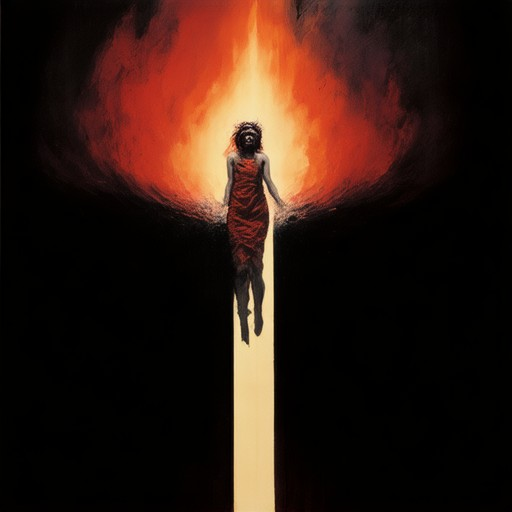
What is an example of art as an expression?
Art serves as a powerful medium for expression, allowing individuals to convey emotions, ideas, and stories through creative means. One notable example of art as expression is the painting The Starry Night by Vincent van Gogh. This masterpiece captures the artist’s internal turmoil and emotional depth, translating his feelings onto the canvas in swirling brushstrokes and vibrant colors. Similarly, music, such as Ludwig van Beethoven’s Fifth Symphony, can express power and struggle, resonating deeply with listeners.
Another example is the literary work To Kill a Mockingbird by Harper Lee. Through its narrative, the book explores themes of injustice and moral growth, offering a profound commentary on human nature. These works illustrate how art transcends mere aesthetics, becoming a vehicle for personal and universal expression.
Moreover, public installations like Banksy’s street art pieces serve as expressions of social commentary and rebellion, often evoking debate and emotion among viewers. Each of these examples demonstrates how art, in its many forms, functions as a dynamic mode of communication and self-expression.

When Did Art Become Self-Expression?
Art has long served as a medium for self-expression, tracing its roots back to the earliest days of human culture. The origins of art can be dated to approximately 40,000 years ago, as evidenced by cave paintings in locations like the Lascaux Cave in France. These early artworks were created to communicate stories, beliefs, and experiences, effectively serving as a form of self-expression for prehistoric societies.
Throughout history, art has evolved to reflect changing cultural values and individual perspectives. During the Renaissance period, artists like Michelangelo and Leonardo da Vinci emphasized personal mastery and innovation, often incorporating their unique styles and interests into their work, marking a shift towards more personal and individualistic expression.
The Romantic era further highlighted art as a vehicle for personal emotion and ideology, with artists such as Caspar David Friedrich and J.M.W. Turner using their creations to convey deep, personal feelings and experiences. This era solidified art’s role as a tool for individual self-expression, aligning with broader cultural movements that valued emotional and personal authenticity.
Thus, art has consistently been a means of self-expression, from the ancient cave paintings to the contemporary masterpieces that reflect individuality and personal vision.
How Can Art Be Considered a Form of Expression?
Art serves as a powerful medium for expressing thoughts, emotions, and perspectives. It allows individuals to communicate ideas, stories, and experiences in ways that words alone often fail to capture. Here’s a breakdown of how art functions as a form of expression:
1. Visual Arts
The visual arts, including painting, sculpture, photography, and digital media, offer a tangible means of expression. Artists use these mediums to translate abstract concepts into concrete forms, inviting viewers to interpret and engage with their creations.
1.1. Painting
Paintings, whether abstract or representational, convey emotions and narratives through color, brushstrokes, and composition. Each stroke tells a story, evokes a feeling, or reflects the artist’s inner world.
1.2. Sculpture
Sculptures, whether three-dimensional or two-dimensional, transform raw materials into shapes that communicate ideas. Public sculptures often serve as landmarks, symbolizing cultural values or historical events.
1.3. Photography
Photography captures moments in time, freezing scenes that inspire reflection or documentation. It can preserve memories, explore themes, or challenge viewers to see the world differently.
2. Performing Arts
Performing arts, such as theater, dance, music, and circus arts, bring expressions to life through movement, sound, and interaction. These forms allow artists to tell stories, convey emotions, and connect with audiences in real-time.
2.1. Theater
Theater productions combine acting, directing, set design, and costumes to create immersive experiences. Plays can explore social issues, personal struggles, or historical events, offering audiences a window into different worlds.
2.2. Dance
Dance uses movement to express emotion, tell stories, and celebrate culture. From classical ballet to contemporary dance, each style offers a unique way to communicate ideas visually and physically.
2.3. Music
Music transcends language, allowing composers and performers to evoke feelings, tell tales, and transcend boundaries. It can be spontaneous, like a jazz improvisation, or meticulously crafted, like a symphony.
3. Literary Arts
Literary arts, encompassing poetry, prose, and drama, provide verbal expressions that can be as vivid as visual images. Words can paint pictures, evoke memories, and spark introspection.
3.1. Poetry
Poetry condenses thoughts and emotions into concise language, creating imagery that resonates long after the piece is read. Poets often draw from personal experiences or universal themes to connect with readers.
3.2. Prose
Prose, including novels, short stories, and essays, allows authors to develop characters, plotlines, and ideas. Through descriptive language, they can transport readers to different worlds and explore complex topics.
4. Folk and Traditional Arts
Folk and traditional arts reflect cultural heritage and communal values. These forms often involve collaboration, handed-down techniques, and symbolic meanings that resonate deeply with communities.
4.1. Handicrafts
Handicrafts, such as weaving, pottery, and woodcarving, require precision and craftsmanship. They often carry cultural significance, serving both functional and aesthetic purposes.
4.2. Traditional Music and Dance
Traditional music and dance forms are rooted in history and tradition. They preserve cultural identity and provide a sense of continuity across generations.
5. Digital and New Media Arts
With the rise of technology, digital and new media arts have emerged as innovative forms of expression. Artists use software, video, and interactive installations to create immersive experiences that challenge traditional norms.
5.1. Digital Painting
Digital painting combines traditional techniques with modern tools, allowing artists to experiment with textures, colors, and styles that might be impossible with conventional media.
5.2. Virtual Reality (VR) and Augmented Reality (AR)
These cutting-edge technologies enable artists to create fully immersive environments, offering unparalleled opportunities for storytelling and world-building.
6. Abstract Expression
Abstract expression goes beyond representational art, focusing on form, color, and texture to convey emotions and ideas. It challenges viewers to interpret works on their own terms, fostering a deeper engagement with the artwork.
6.1. Color Theory
Color plays a crucial role in abstract expression, influencing mood, perception, and the overall narrative of a piece. Artists use hues to evoke emotions and create harmonious compositions.
6.2. Texture and Shape
Texture and shape in abstract art add depth and dimensionality, drawing attention to the tactile qualities of the work. These elements can suggest movement, stability, or organic growth.
7. Art as Personal and Collective Voice
Art is not just about aesthetics; it’s a tool for self-expression and social commentary. Artists use their work to share personal journeys, critique societal norms, and inspire change.
7.1. Social Commentary
Through art, creators can address issues like inequality, environmental degradation, or political corruption. Their work becomes a platform for dialogue and advocacy.
7.2. Community Engagement
Public art projects often involve collaboration between artists and communities, fostering a sense of belonging and shared purpose. These pieces become symbols of unity and inspiration.
8. Art Across Cultures
Art transcends cultural boundaries, offering universal truths and shared human experiences. It bridges gaps between cultures, fostering mutual understanding and appreciation.
8.1. Cross-Cultural Collaboration
When artists from diverse backgrounds collaborate, they bring unique perspectives to their work, creating art that is richer and more inclusive. This fosters cultural exchange and innovation.
8.2. Art as Global Language
Despite differences in language and culture, art speaks universally. Iconic images, like the Mona Lisa or the Statue of Liberty, are recognized worldwide, demonstrating art’s power to unite people.
9. Art as Therapy
Art therapy provides a therapeutic outlet for individuals to process emotions, explore identities, and find coping mechanisms. It’s a form of expression that also promotes mental well-being.
9.1. Creative Expression
Engaging in art-making allows individuals to externalize thoughts and feelings, providing a safe space for self-reflection and emotional release.
9.2. Empowerment Through Art
Art can empower individuals, giving them a voice and a way to take control of their lives. It fosters resilience, confidence, and a sense of accomplishment.
10. The Evolution of Artistic Expression
Art continues to evolve, embracing new technologies and shifting cultural contexts. As it changes, it remains a vital part of human communication and understanding.
10.1. Future of Art
With advancements in AI and virtual reality, the future of art is uncertain but full of potential. Artists will adapt to new tools, pushing boundaries and exploring uncharted creative territories.
10.2. Legacy of Art
Art’s legacy lies in its ability to influence and inspire future generations. It reminds us of our shared humanity and the boundless possibilities of creativity.
In conclusion, art is a dynamic and multifaceted form of expression that transcends boundaries and touches lives. Whether through traditional mediums or cutting-edge technologies, art continues to play a central role in human culture and communication.

What is the Oldest Form of Self-Expression?
Self-expression is a fundamental human trait that has evolved over thousands of years, reflecting our ability to communicate ideas, emotions, and experiences. The oldest known forms of self-expression trace back to ancient civilizations, offering insights into how humanity has historically communicated thoughts and feelings.
The Earliest Forms of Self-Expression
One of the most primitive yet profound forms of self-expression is storytelling. Cave paintings, dating back as far as 20,000 years, depict scenes from daily life, rituals, and mythical creatures, serving as early forms of narrative expression. These visual stories were later accompanied by oral traditions, where tales, myths, and folklore were passed down generations.
Visual and Artistic Expression
Before written language, humans expressed themselves through visual arts. Cave paintings in France and Italy, created by Neolithic peoples, are among the earliest examples of artistic expression. Sculptures, carvings, and pottery further developed as mediums for conveying emotions, beliefs, and cultural values.
Oral Traditions and Written Language
While visual arts laid the groundwork for self-expression, the invention of writing marked a significant milestone. Early writing systems like hieroglyphs (circa 3200 BCE) and cuneiform (circa 3300 BCE) allowed for the preservation of stories, laws, and religious texts. These written forms provided a more permanent medium for self-expression, enabling the recording of history, philosophy, and literature.
Literature and Drama
In ancient Greece and Rome, epic poetry, drama, and philosophical writings flourished. Poets like Homer and playwrights like Aeschylus used these forms to express complex ideas, moral lessons, and human experiences. Theatrical performances became a cornerstone of civic life, blending storytelling with acting to engage audiences.
Religious and Philosophical Texts
Early religious texts, such as the Vedas in India and the Bible in the Middle East, served as foundational documents for many cultures. These texts not only conveyed spiritual beliefs but also offered ethical guidelines, shaping societal norms and individual behaviors.
Evolution Through the Ages
Throughout history, self-expression has continued to evolve, influenced by technological advancements and cultural shifts. The Renaissance and Baroque periods saw the rise of intricate art and architecture, while the Enlightenment emphasized rational thought and scientific inquiry. In the 19th and 20th centuries, movements like Romanticism and Modernism brought new dimensions to self-expression, embracing emotion, abstraction, and experimentation.
A Conclusion on Self-Expression
From the earliest cave paintings to contemporary digital media, self-expression has remained a vital part of human culture. It allows individuals to share their unique perspectives, connect with others, and reflect on their world. Whether through words, images, or sounds, the act of expressing oneself continues to shape who we are and how we understand ourselves.

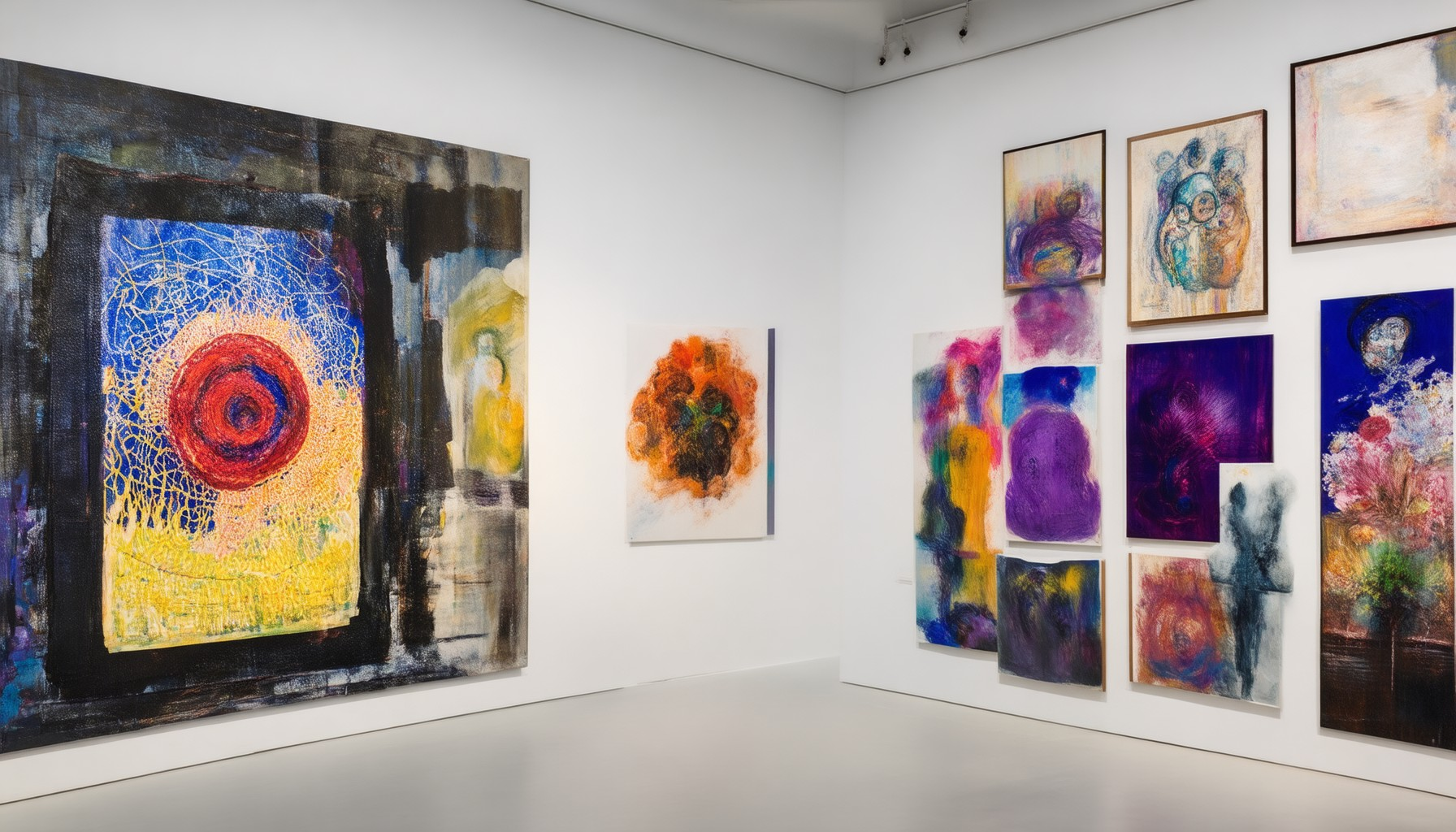
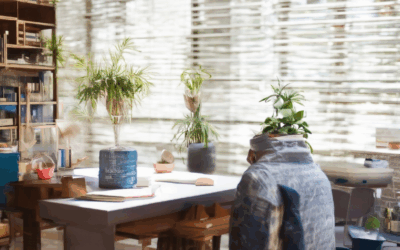
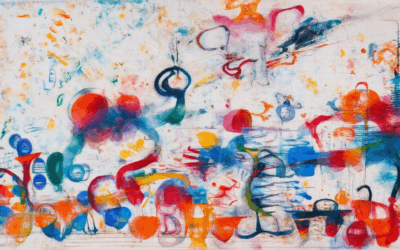
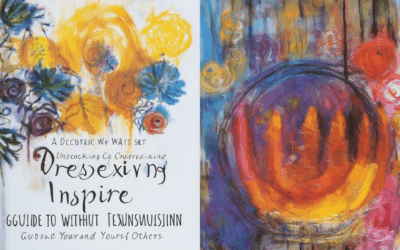
0 Comments